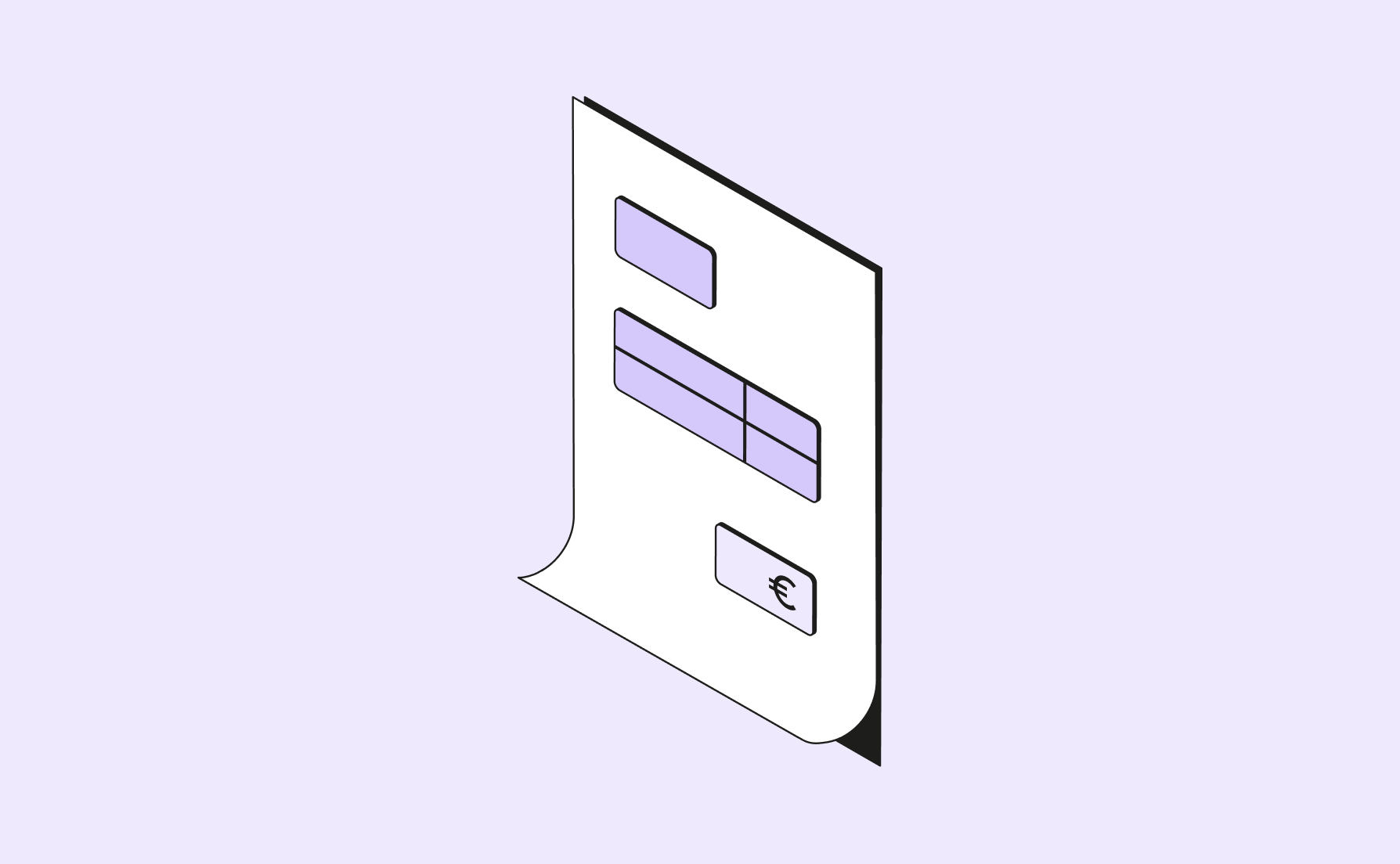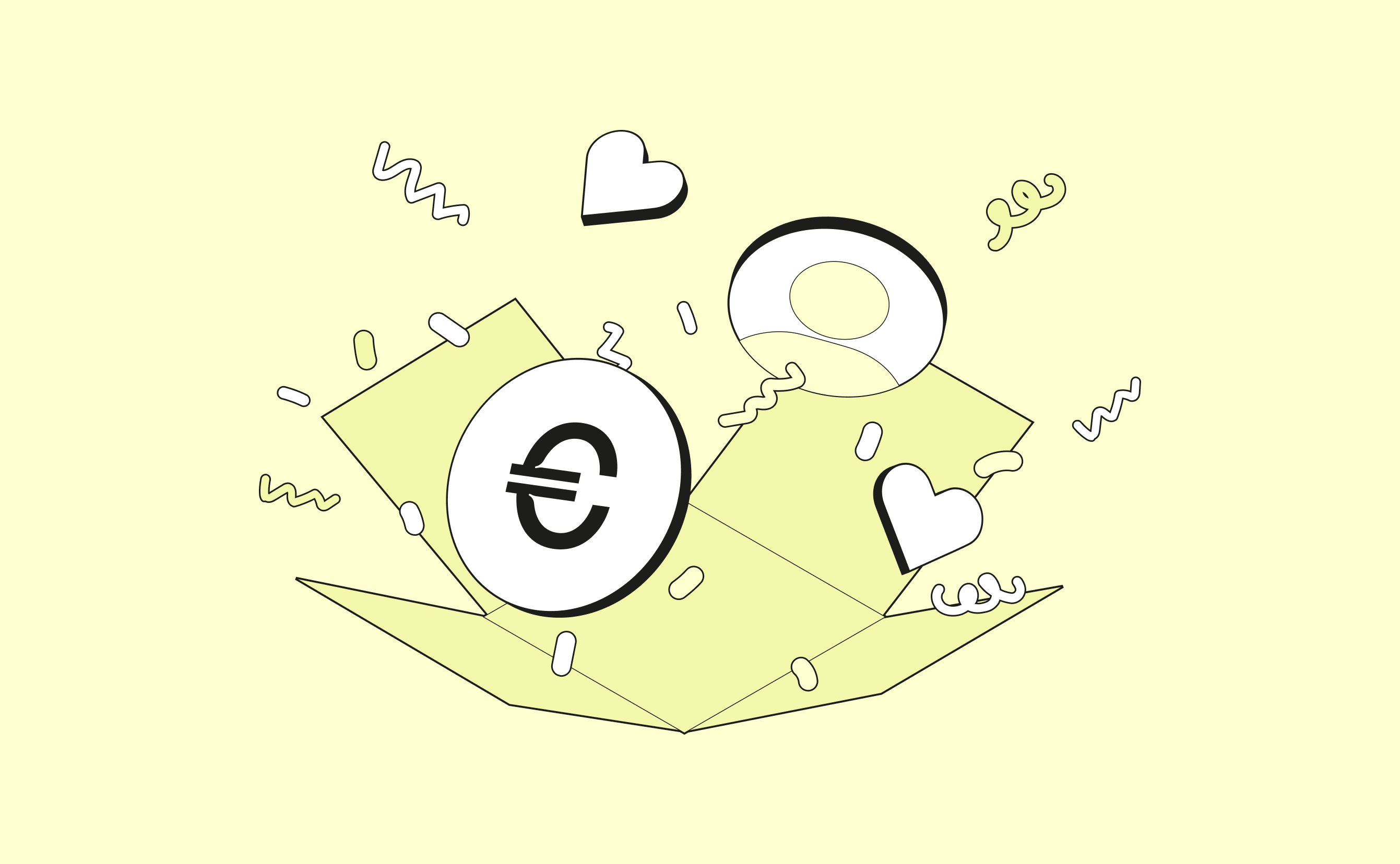The use of electronic invoicing (e-invoicing) has gotten a lot of attention recently.
It’s rapidly transforming the way businesses across Europe handle their financial transactions. With the European Union pushing for widespread adoption and individual countries implementing their own mandates, e-invoicing is no longer just a convenience - it's becoming a necessity.
However, as with any significant change, misconceptions are popping up everywhere. Whether you're running a small business in Spain, a mid-sized company in Germany, or a large enterprise in France, it's crucial to separate fact from fiction when it comes to e-invoicing.
Are PDF invoices sufficient? Can we still send them off by email?
Are all businesses expected to use them - even freelancers?
Read on as we debunk six common myths about e-invoicing that persist across European markets. From the nature of e-invoices themselves to the scope of businesses affected, we'll clarify the realities of this digital transformation.
By understanding the truths behind these misconceptions, you'll be better prepared to navigate the evolving e-invoicing compliance mandates throughout Europe.






